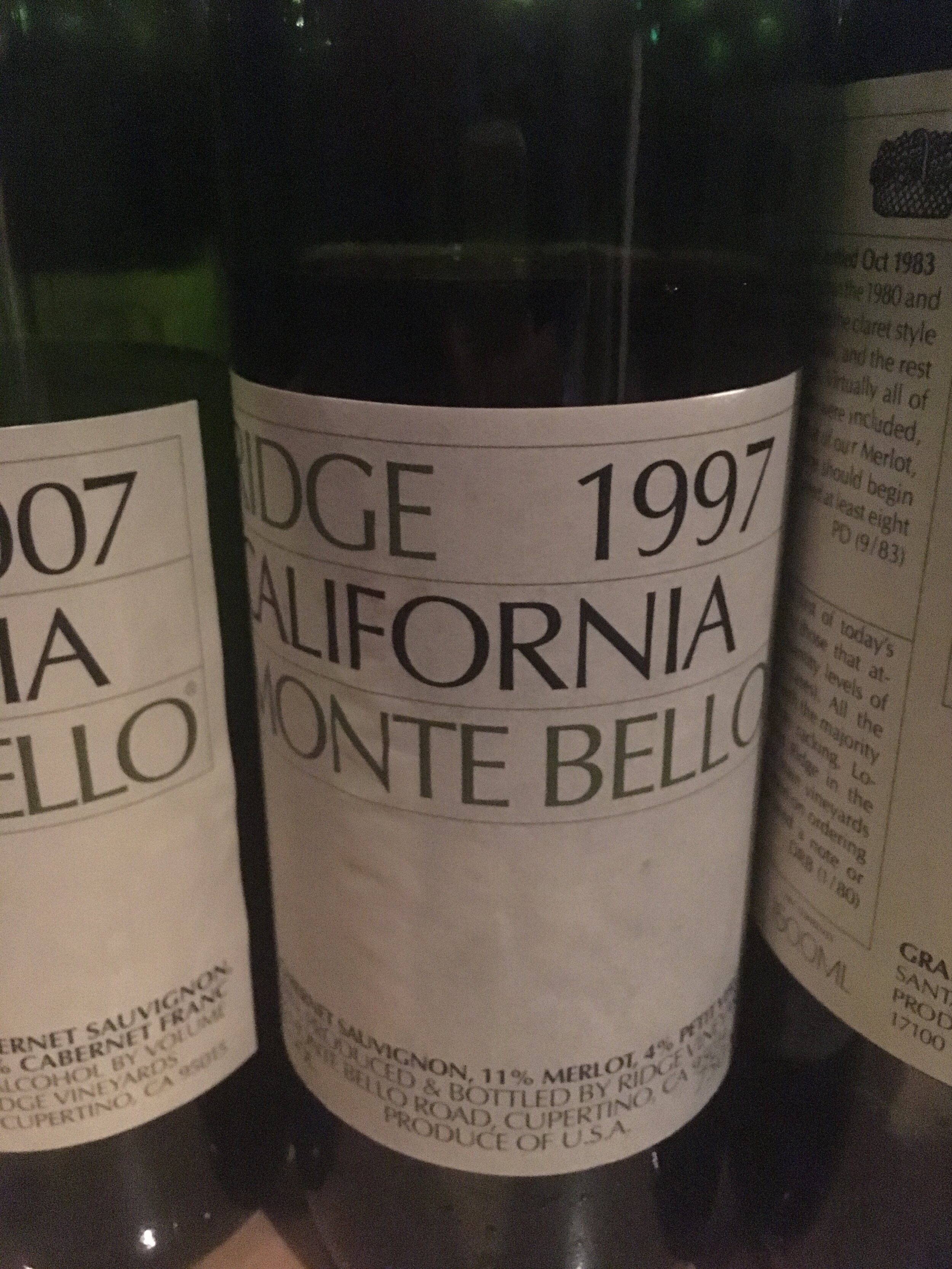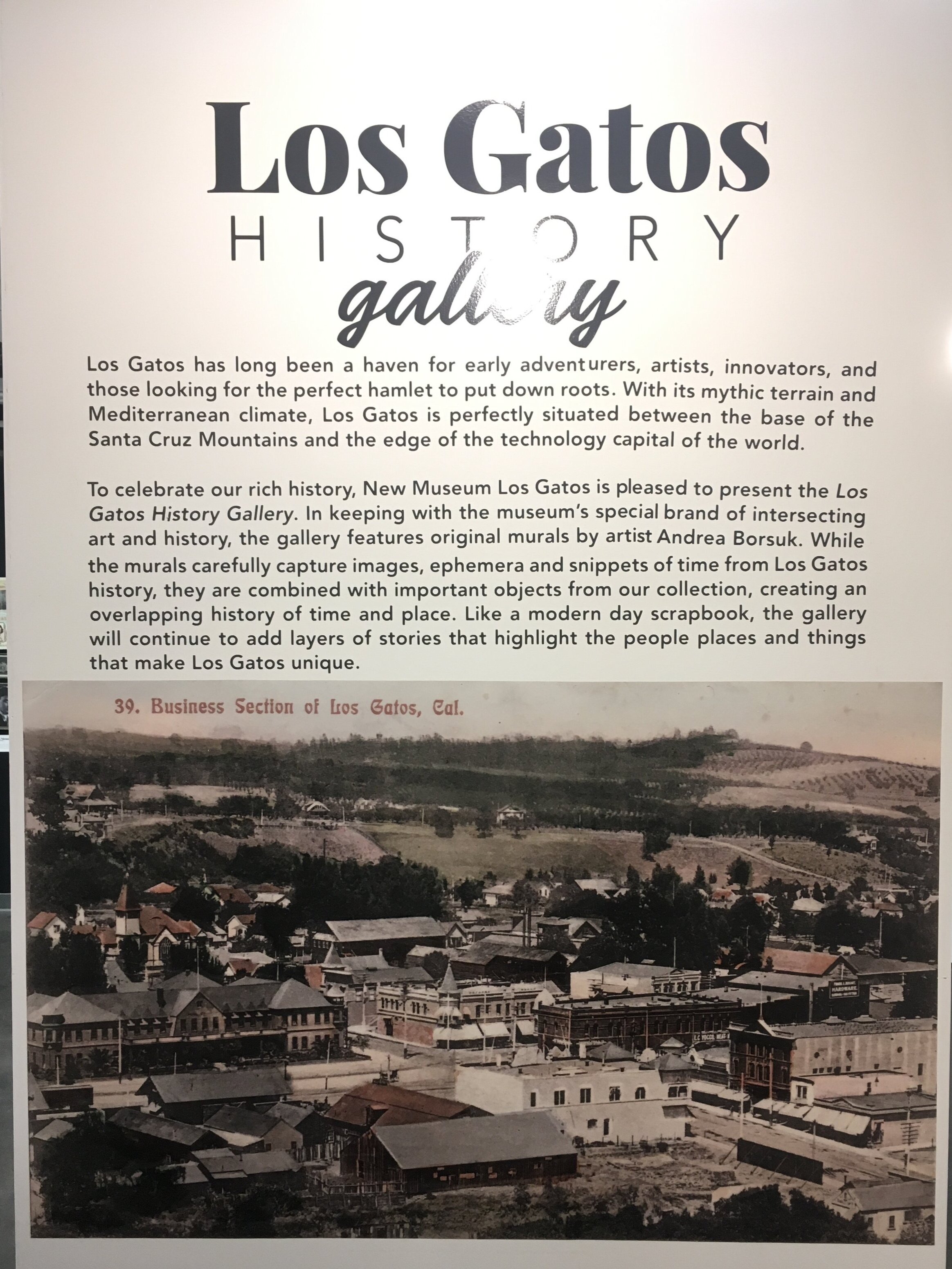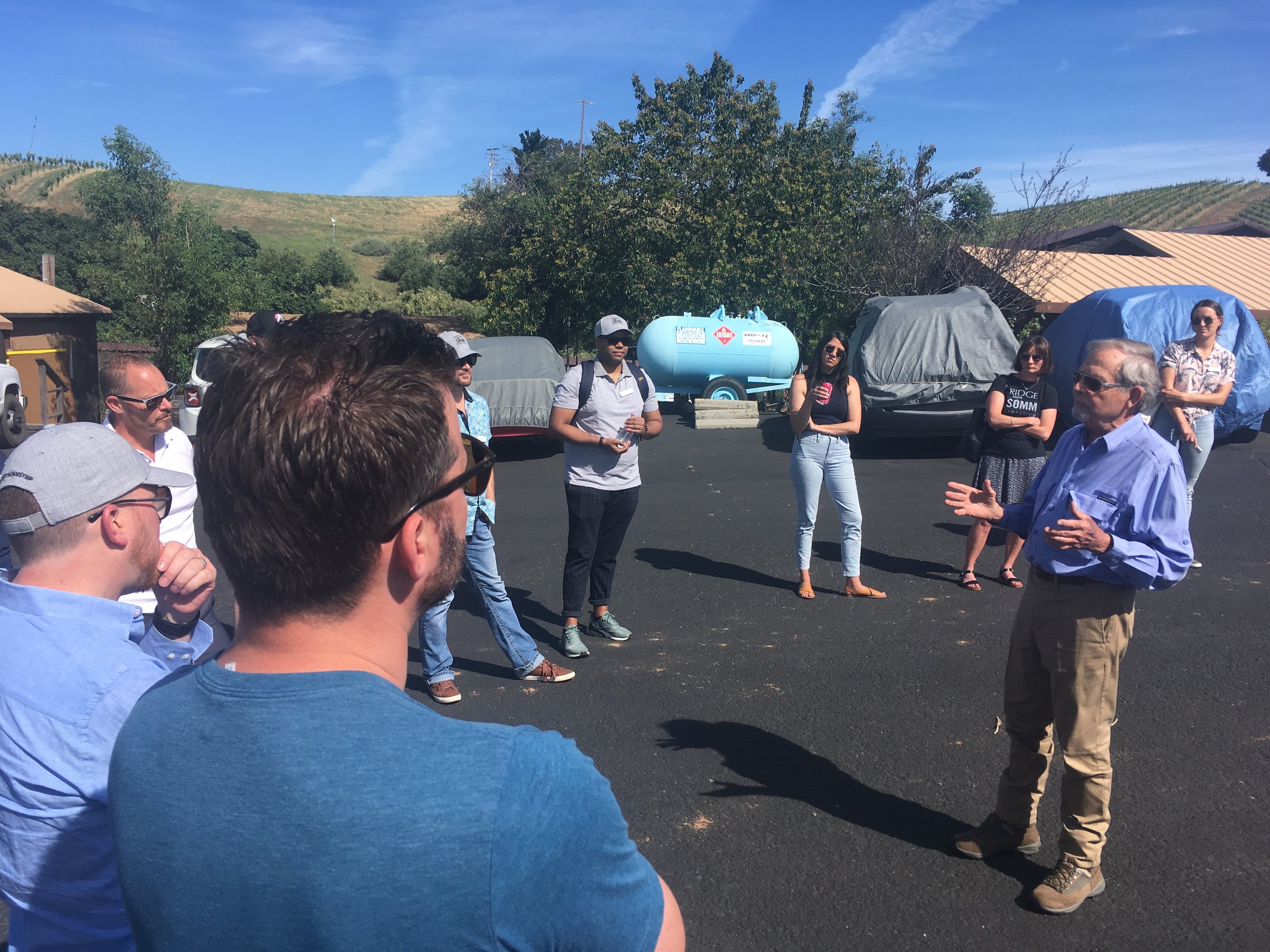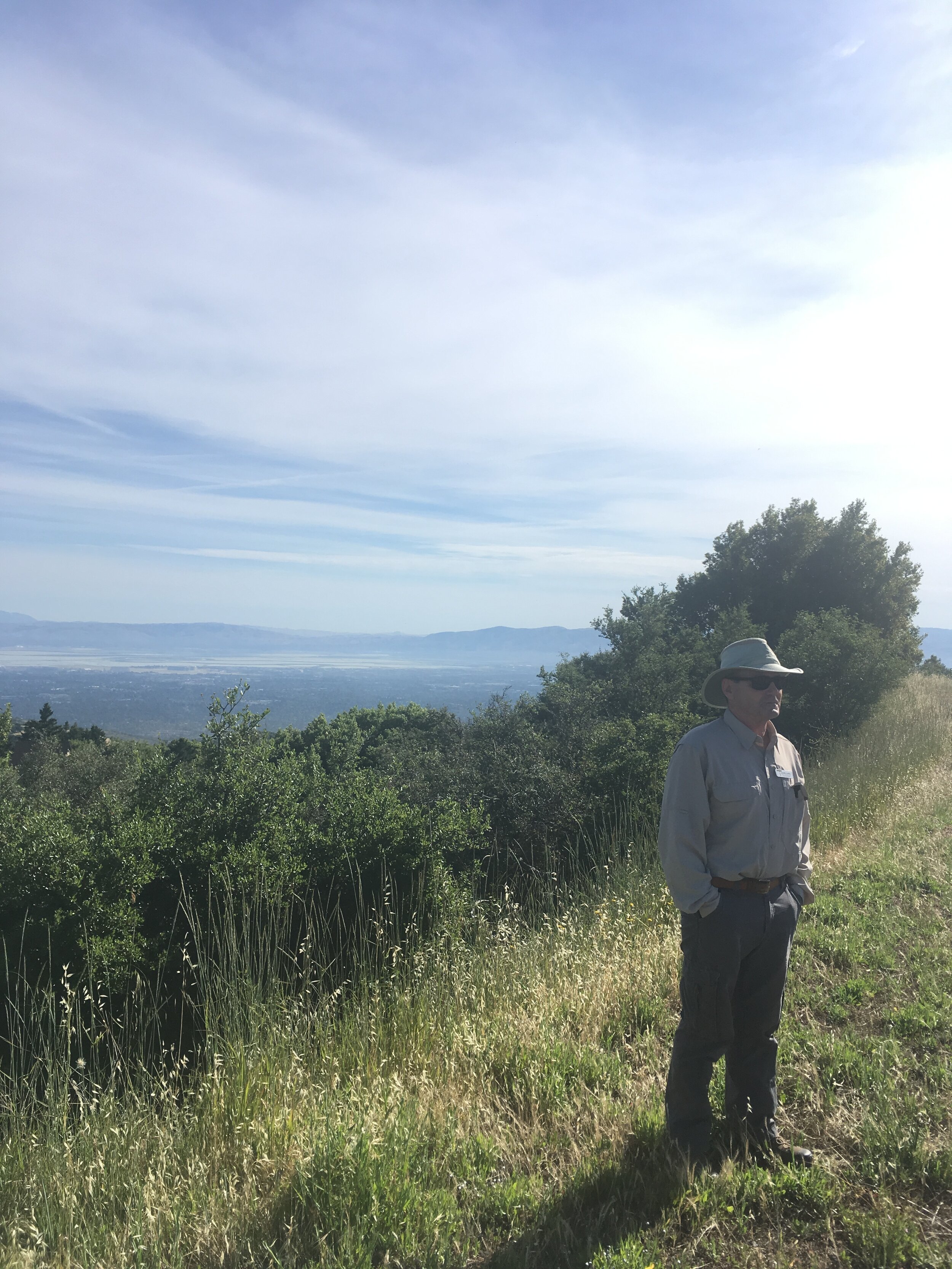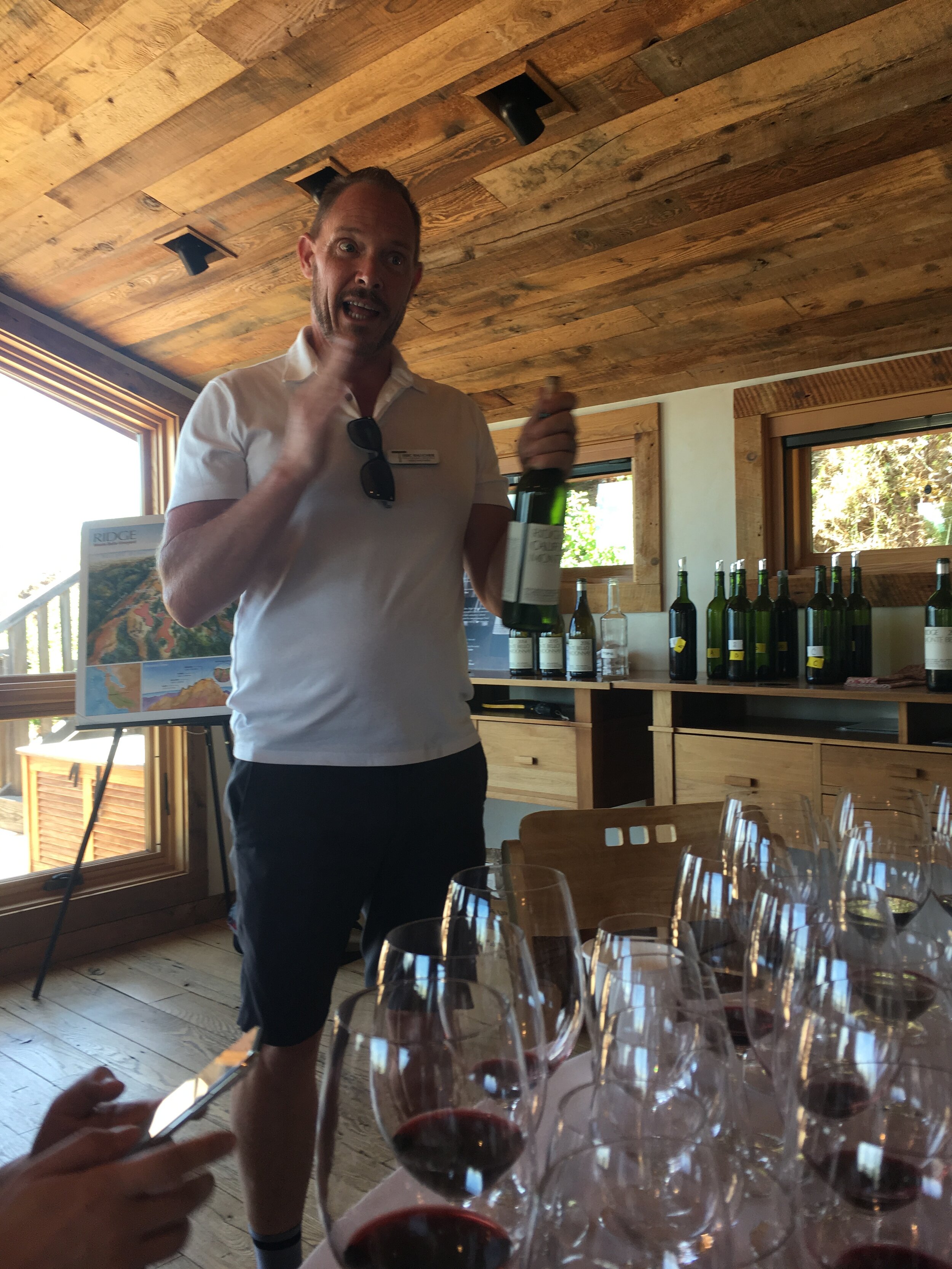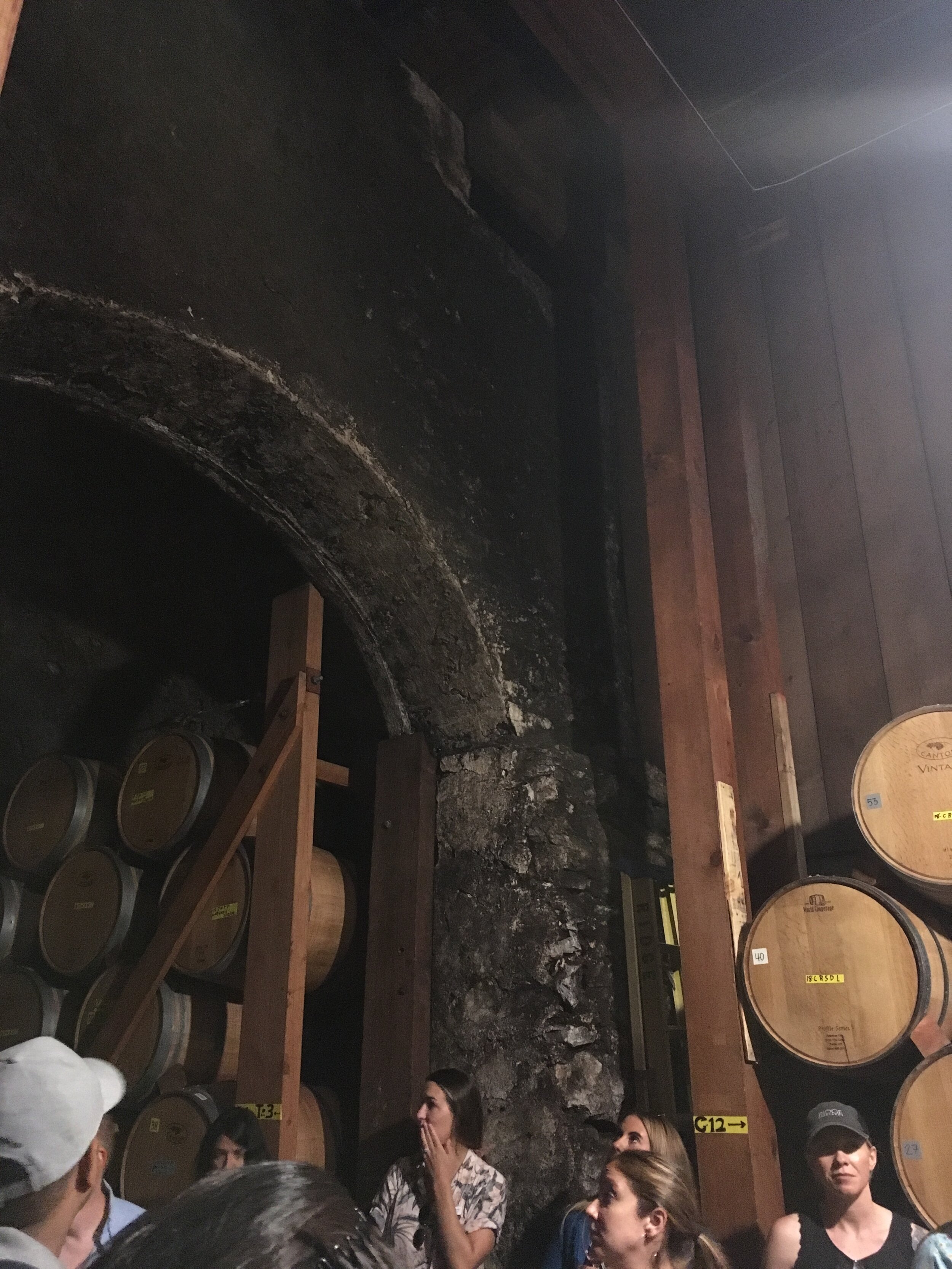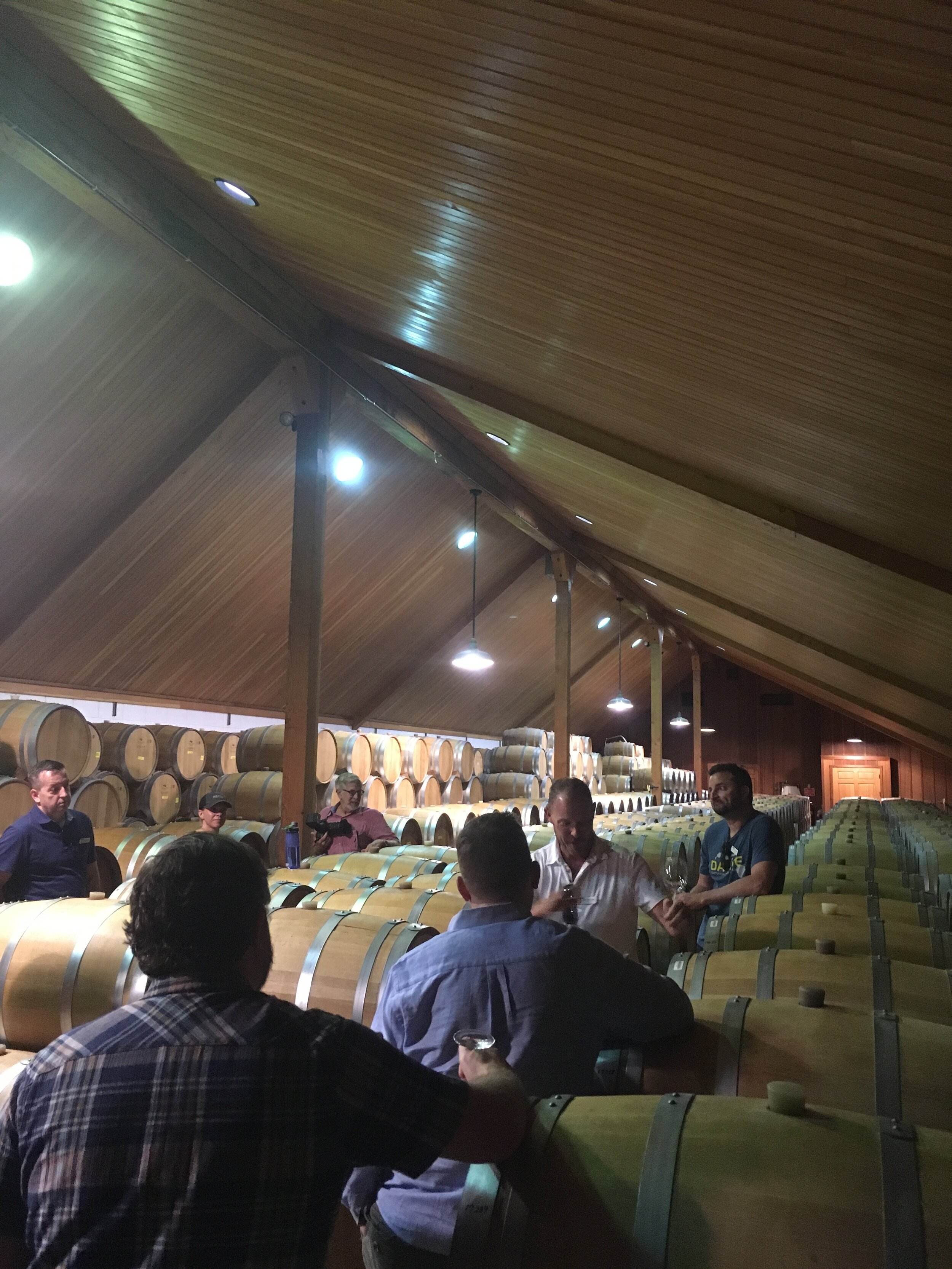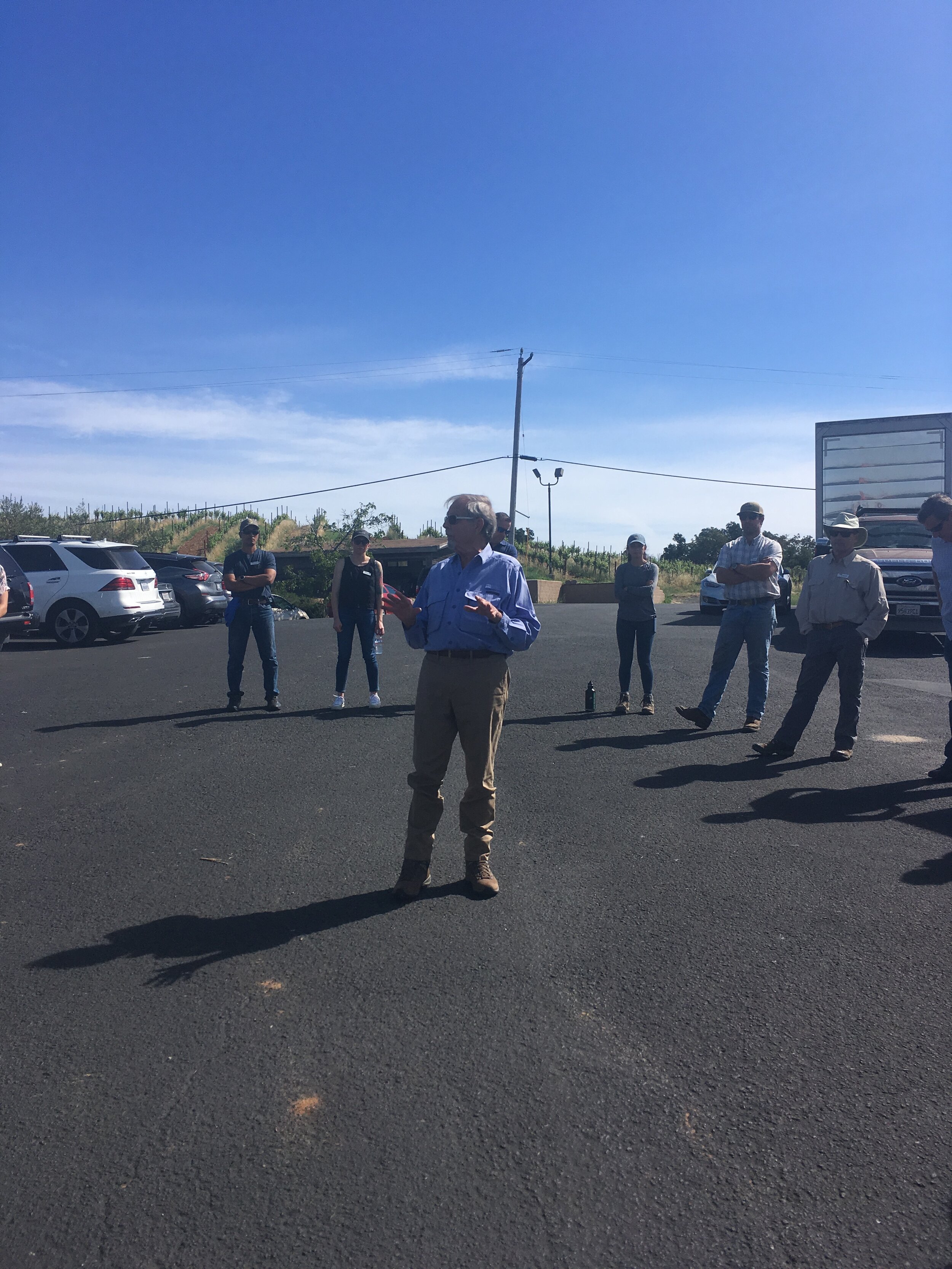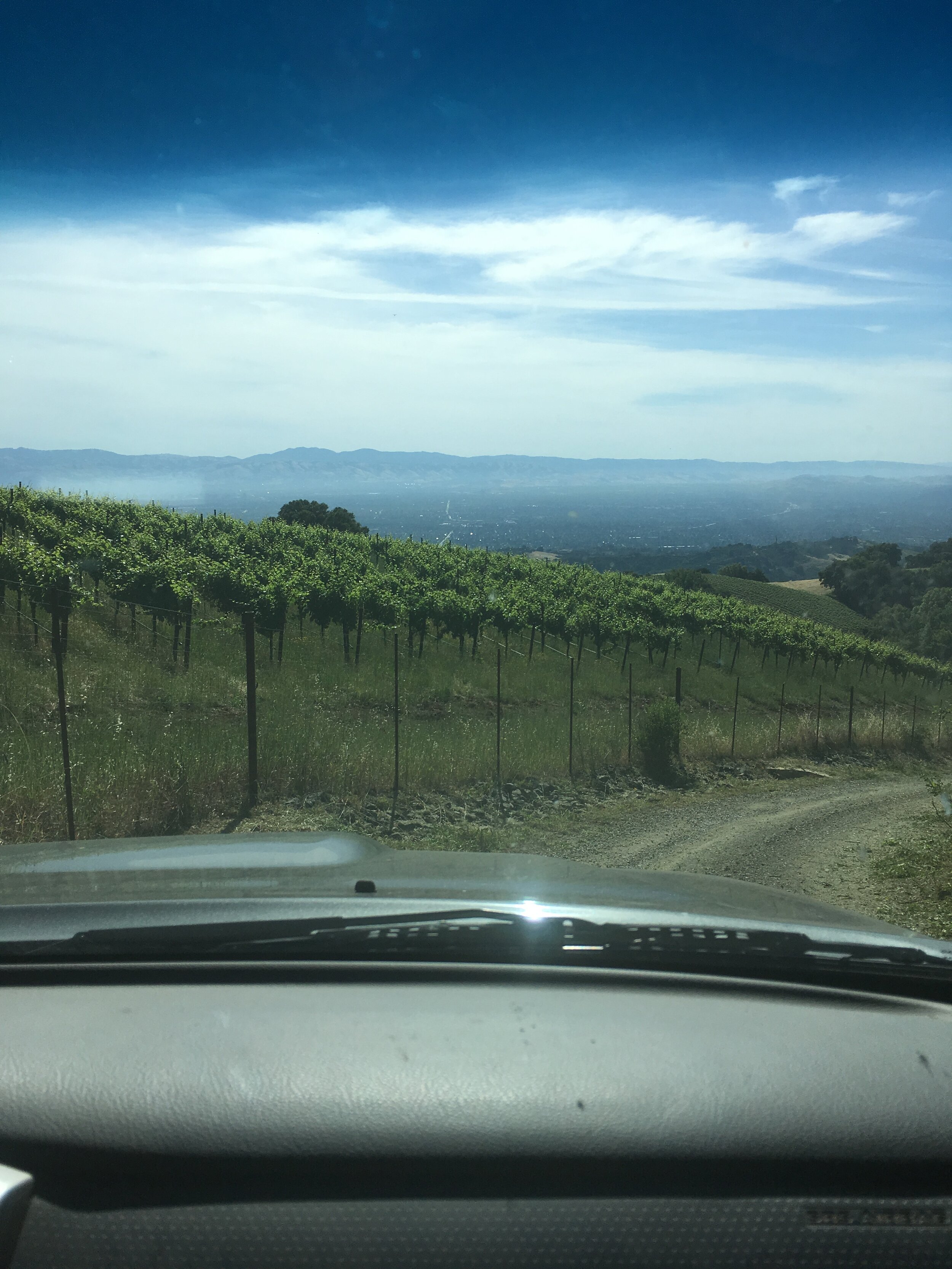I hope you are all well. It can be a challenge to emerge into the light of Spring, with this fog of Covid hanging over our heads!
I have been busy with launching my own series of ‘Virtual Wine Tastings’ - I have a planned Arc of Flavours focus on the grape Garnacha aka Grenache! May 15th 8pm. There are a few spots left!
A few weeks ago I was asked by the LCBO to host a tasting of 6 pre-selected wines Spring Sipping Wines. Wines to take you on an adventure in flavour, to different regions and a few different wine styles…rosé and rosé sparkling included. See the link to the LCBO YouTube Live Recording.
But…I decided that I would introduce my own Christopher Sealy - Arc of Flavours - Sipping Wines for you that could be found in the LCBO. Yes, the LCBO, one of ‘the’ largest retailers of wine in the world. It is sort of like buying records from the old HMV or SAM the Record Man - commercial interests are definitely driving factors in what is placed on the shelves. Though every now-and-then you can find some hidden gems in the rare groove or urban music section of the store, just like going through the Vintages Section. I prefer, and almost always shop at the 49 Spadina and Front Street LCBO. There is a greater and deeper selection of wines. Wines that many industry and wine professional enjoy and are happy to promote. The LCBO can be useful at times. If you know how to shop!
Fattoria Nanni ‘Arsicci’ Verdicchio dei Castelli di Jesi 2018. Le Marche. Italy.
Verdicchio is one of Italy’s most noble and age worthy white wines. The region has history of great wine making notably in the world of white wines. This part of the Italian peninsula over-looks the Adriatic Sea. Vineyards at various elevations on limestone, clay and granitic slopes are exposed to the sun and sea, making for a sun kissed lemon, citrus, apple and gently herbal toned wines. There is a certain mid palate weight to the wine. Saline and mineral with a touch of fruit ripeness that seems slightly creamy, like nectar. This is a great aperitif wine and an easy going sipper with weekday meals. Let’s try something other than Pinot Grigio. Which is fine, but variety is the spice of life!
I somehow misplaced my receipt. The wine is approx $25-27 in the 49 Spadina LCBO. Limited bottles remain. There is also a higher end Verdicchio from another producer Garofoli ‘Podium’. I believe retails for $25-30 and is an excellent wine for the price with elegance and complex flavours.
Lavradores de Feitoria Branco ( Blend of Malvasia Fina, Gouveio, Siria) 2019. Douro.
Lavradores de Feitoria is a co-operative winery in the Douro Valley, Portugal. They continue improve in quality and complexity with each vintage. I did have an opportunity to visit this producer a few years ago. The wines caught my on the LCBO shelves and I had to taste the present, while I looked back to a wonderful past visit.
On this trip, I met with Olga Martins, a chief protagonist, in this organization. Dirk Niepoort is an influence in this project. Inspiring the many families involved in this project to form like Voltron in order to bring the power of the collective to the wine market.
A blend of grapes in this Branco : Malvasia, Gouveio, and Siria. Producing a wine that is warm in aroma with cantaloupe and melon, with pear and puree of apple. The tone of the wine is gentle and with volume. This is a light to medium bodied wine and un-oaked, in order to preserve freshness and brightness in flavour. Palate continues with melon, pear, apple with a gentle acid and mineral backbone. A pleasing entry level white wine from the Douro. I believe it retails for sub $25.
Go get some, there is plenty on the shelf!
The Garden at the HQ for Lavradores de Feitoria. I recall they mentioned this chateau was once owned by the Mateus Wine Family.
Tasting with Olga Martins (CEO, Commercial Director) and Paulo Ruao (Wine Making Director)
The Lavradores de Feitoria - Portolio of wines.







